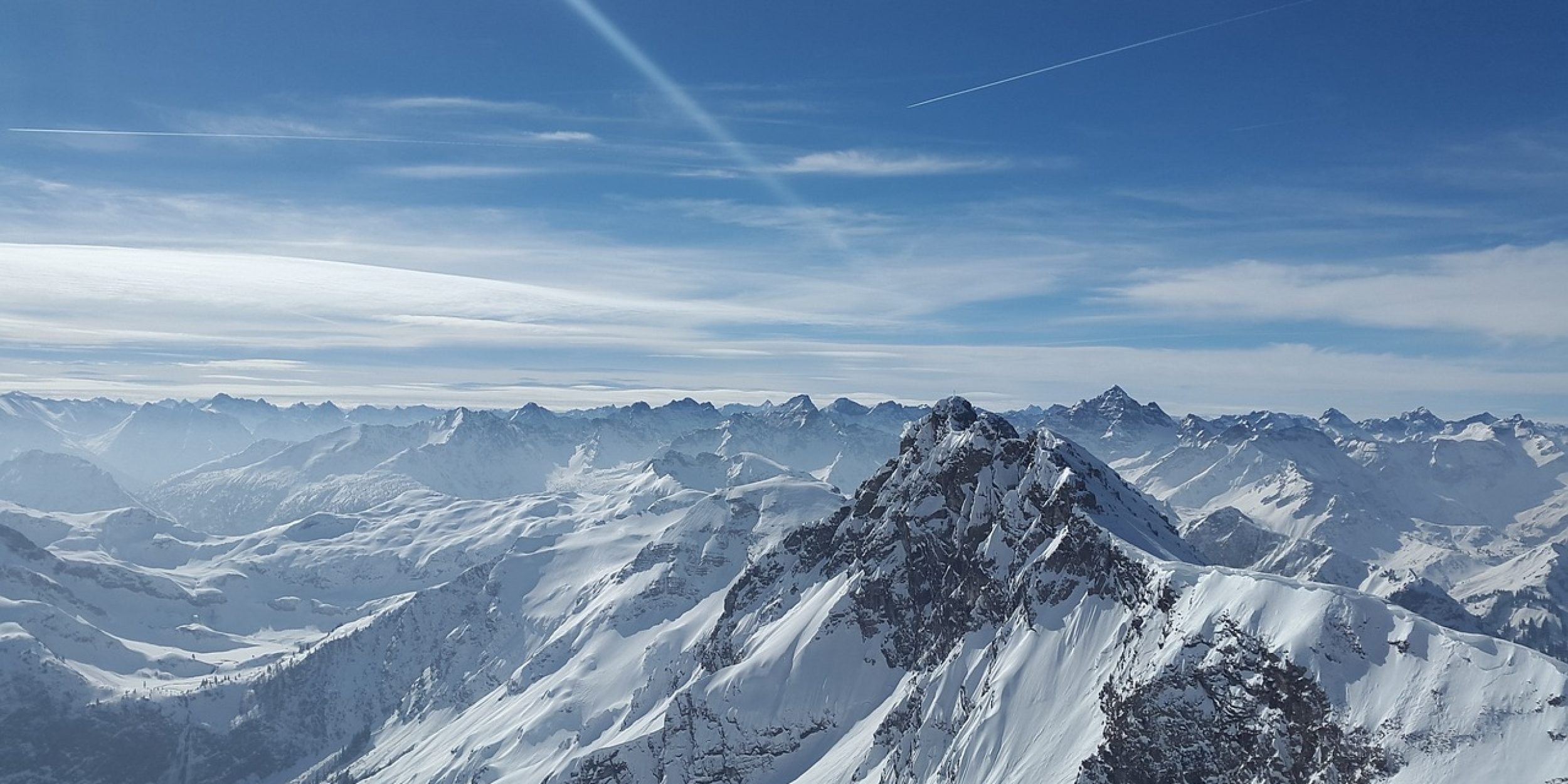Many communities in the mountainous western US depend on a water supply that originates from snowmelt which then travels underground through a complicated limestone landscape called karst. Especially under rapidly changing climate and weather patterns, it is imperative for effective water management to have an accurate understanding of water flow in these settings using simulations. Traditional hydrologic models have not properly reflected the complexities of underground water flow in karst landscapes. However, deep learning models, machine learning methods which use artificial intelligence, are able to represent this complexity without needing detailed, site-specific data of a landscape. Hybrid models using both hydrologic and deep learning components show a promising ability to represent these landscapes, but research has not yet fully shown how the deep learning models respond to meteorological drivers and associated uncertainties.
A new study, partially supported by the Climate Program Office’s Climate Observations and Monitoring (COM) Program, uses a hybrid approach, starting with a hydrologic model to simulate snow processes driven by weather conditions at a fine spatial resolution (100m) and feeding those results into a deep learning model to produce water flow patterns. The study aims to understand how the choice of meteorological datasets and downscaling techniques affect simulating snow accumulation, melt and streamflow focused on a snow-dominated mountainous karst watershed on the Utah-Idaho border. A team of researchers, including COM-funded scientists Ruijie Zeng and Tianfang Xu of Arizona State University, used four variations of weather conditions to drive their model, and showed that the average of the 4 results produced the best streamflow which matched real-world observations. These results, published in the Journal of Hydrology, provide a compelling case for combining multiple meteorological datasets in modeling studies driven by weather variations. The incorporation of deep learning in research and modeling to advance mitigation strategies for anthropogenic change is a main goal in the NOAA Artificial Intelligence Strategy. This work is supported by COM to explore the fusion of different datasets and modeling techniques to find solutions to modeling gaps in key processes.



